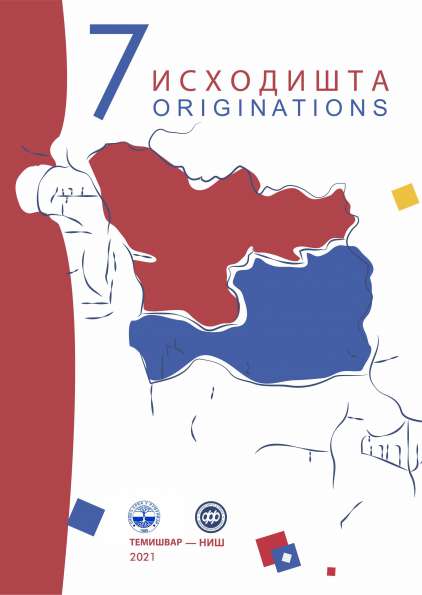FORMULĂRI STILISTICE ÎN ARHITECTURA TIMIȘOAREI ȘI VÂRȘEȚULUI (SEC. XVIII-XX). STUDIU DE CAZ: PALATELE PRELAȚILOR ORTODOCȘI SÂRBI
ARCHITECTURAL SOLUTIONS IN TIMIȘOARA AND VÂRȘEȚ (18th -20th Centuries). CASE STUDY: THE ORTHODOX BISHOPRIC SERBIAN PALACES
Author(s): Mihaela VlăsceanuSubject(s): Archaeology, Architecture, History of Church(es), Comparative history, Local History / Microhistory, Theology and Religion, 18th Century, 19th Century, Eastern Orthodoxy
Published by: Universitatea de Vest din Timişoara
Keywords: Bishopric Serbijan palaces; Vârșeț; Timișoara; baroc; Secession; Laszlo Szekely;
Summary/Abstract: Being monuments endowed with ideological dimension, the Orthodox Bishopric Serbijan palaces from Vârșeț and Timișoara present interesting stylistical evolutions, from 18th century’s late Baroque to 20th Century Viennese Secession. Symbolizing the power of Orthodox Church rulers, these constructions adopted the Catholic Baroque style, crossed through the Romantic period with the rebirth of neoclassical values and ended in what was configured at the beginning of the 20th century as the closure with the academic dimension and the introduction of the Secession style. The hypothesis of the paper states the importance of European artistic values in defining identity, as the case of these two palaces with their evolution, an evolution that culminated in synthesis. Art patronage from this perspective has implications for the evolution, as such, the two monuments illustrate Serbian religious authority and its reaction to the modern art. In this case the palaces stand as hallmarks for the ecclesiastical architecture of the Banat, a focal point in the general phenomenon.
Journal: Исходишта
- Issue Year: 7/2021
- Issue No: 7
- Page Range: 85-94
- Page Count: 10
- Language: Romanian

